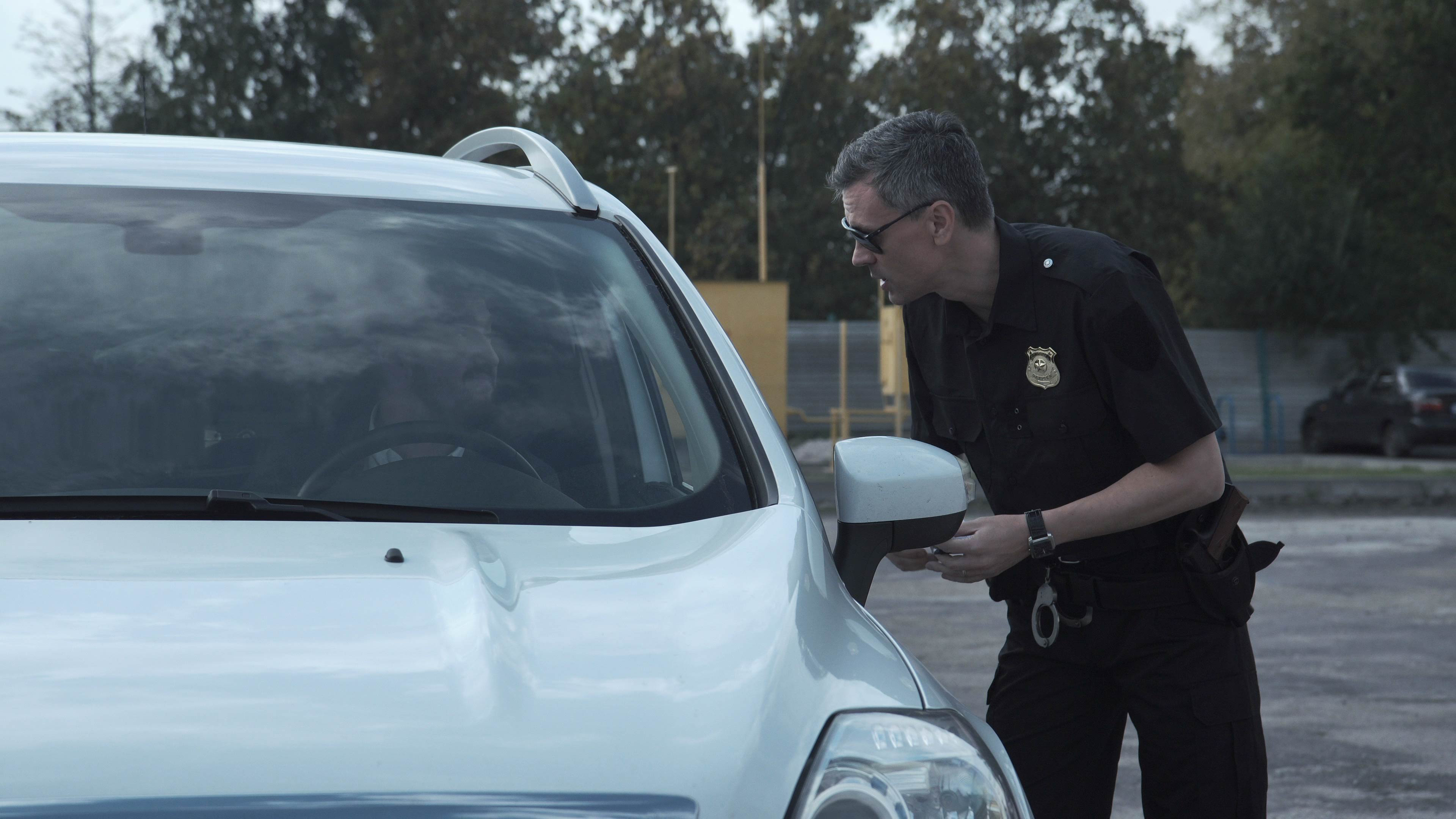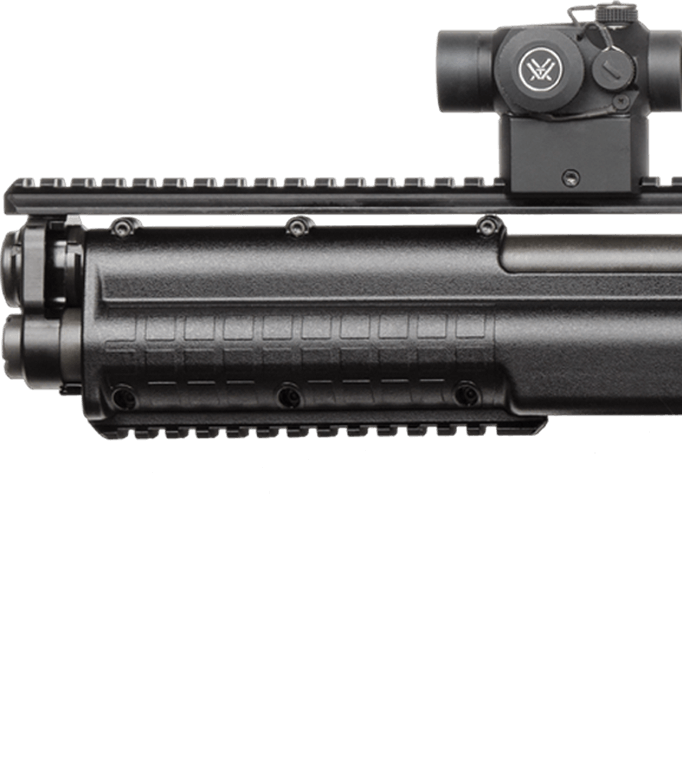Traffic stops can feel stressful, and having a concealed firearm adds another element to consider in these often tense situations. As of 2019, the United States has issued over 18.66 million concealed carry permits, a 304% increase since 2007. Each individual with a concealed carry permit must develop a plan for how to handle interactions during a traffic stop, as part of the responsibility of being a conscientious firearm owner. Having a set plan will give you the skills to carry a calm, respectful, and attentive dialogue with the police officer.
Following the Usual Procedure
Effective communication during a traffic stop starts when you see the police vehicle’s lights. Alert the officer and other drivers that you intend to cooperate and respect the officer’s authority by turning on your emergency flashers or turn signal. Once you find a safe place to pull over, turn off your ignition. Roll down your front windows and rest both hands on top of the steering wheel. Passengers should keep their hands visible. During a nighttime traffic stop, turn on the car’s interior light.
Take deep breaths and follow the officer’s lead during your interaction. They will ask for your driver’s license, vehicle registration, and insurance. This goes more smoothly if you keep your vehicle registration and insurance in a clear bag and in an accessible place. Prepare them before the officer approaches your vehicle by placing them on the dashboard, or explain to the officer the location of these documents before you reach for them.
Concealed Carry Laws and Individual Philosophies
Because the laws about concealed carry depend on the state or even the county, each person has a duty to know the specific laws regarding firearms. For example, in Florida, (at the time of this blog) a person does not have a duty to inform an officer about a concealed firearm, while Louisiana does uphold that duty to inform.
In states where an individual does not have a duty to inform, people debate two schools of thought concerning the decision to disclose a concealed firearm. One side believes that you show honesty and professionalism when you willingly notify the officer of your firearm and show them your permit. The other side believes that without an obligation to inform, the best course of action is remaining silent and proceeding with the traffic stop as usual. Whichever you prefer, you should make that decision to disclose or not before traffic stops occur.
How to Approach Concealed Carry in Vehicles
Having a concealed firearm in your vehicle does slightly change the traffic stop procedure you follow. If the state or county requires you to disclose your firearm or if you choose to do so on your own volition, include your concealed carry permit. People also recommend using the term “firearm” as opposed to “gun” or “weapon” to show more trustworthiness on your part, since the language you use can ease tensions. If the police officer asks you about the location of your firearm, calmly explain where it’s located and do not retrieve it or even reach for it. If your firearm is openly located when you see the blue lights, calmly stow it without appearing to put something or pull something from under your seat(s). Remember, the intention is to make the officer feel as comfortable as possible on their approach to your vehicle by minimizing your movements.
Take Control of Your Actions for Others’ Wellbeing
Traffic stops serve to ensure safety on the roads. When you outline an action plan to implement if pulled over by a police officer, you demonstrate incredible responsibility while showing consideration for yourself, other drivers and the officer. You have the ability to influence the tone of your interactions if pulled over. A respectful, honest form of communication can make all the difference in soothing an otherwise tense and nerve-wracking situation. Remember, with traffic stops and carrying a concealed firearm, you have something in common with the officer: the ultimate goal of safety.





